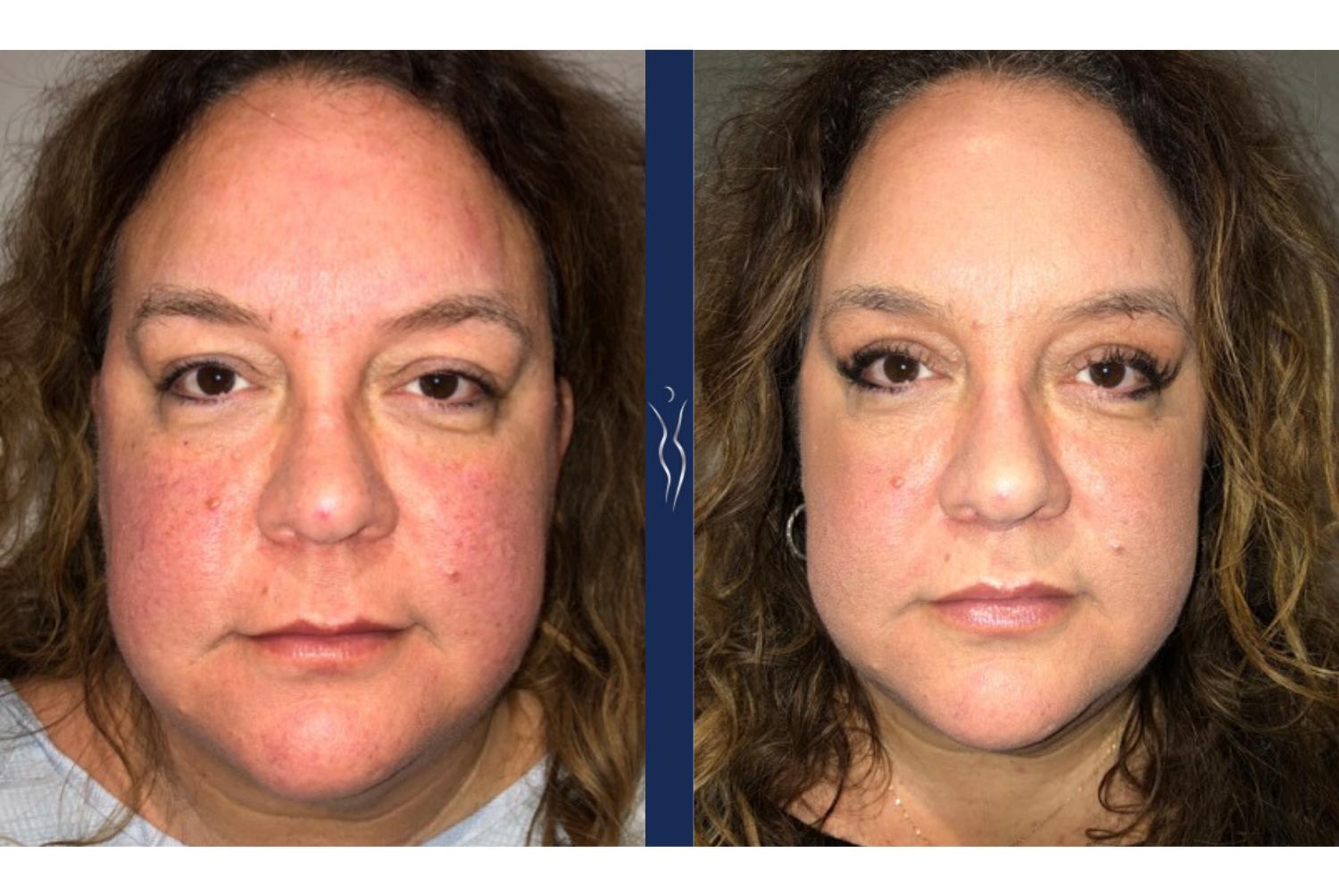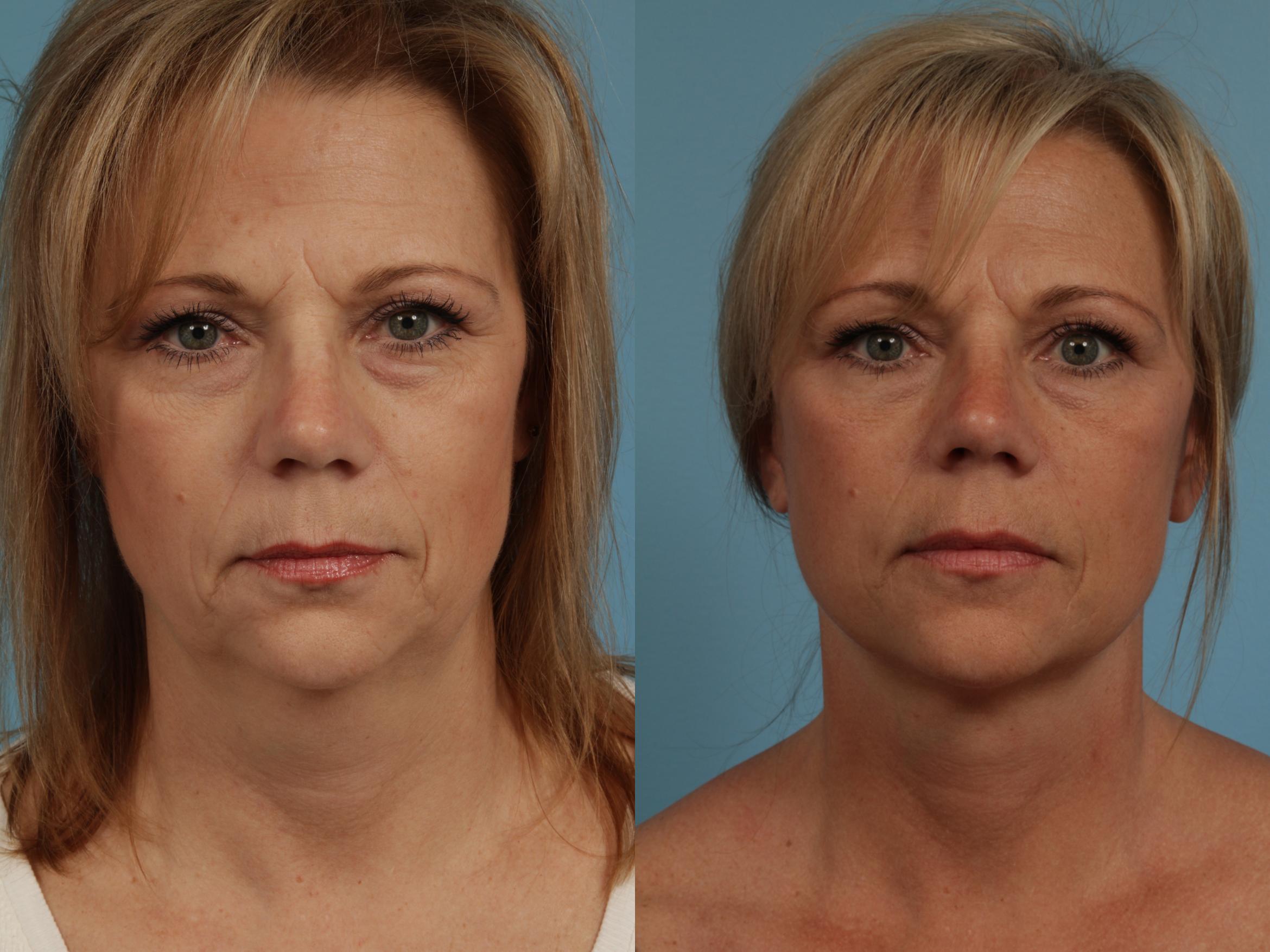
Sometimes, a surgical procedure may be required to stop the condition. These operations can only be done using surgical techniques. One such procedure is somnoplasty, which uses heat energy to change tissues. The procedure can be done under local anesthesia in an office setting. This procedure is not recommended for patients with sleep apnea.
Results of snore operation
There are several surgical options to treat snoring. Most cases of snoring can be treated with surgical procedures. Some procedures can improve the sound quality and shrink the soft palate. This reduces the likelihood of snoring. The results of a snore surgery will depend on the patient.
Recent studies have shown that minimally invasive surgery is possible to reduce snoring. Patients with obstructive or sleep apnea had modest results. Patients are often interested in minimally invasive surgery even though there isn't much evidence.

MMA surgery
MMA surgery for snoring can help a person breathe easier and have a better night's sleep. Radiofrequency energy is used to create controlled lesions in the soft tissue that cause obstruction. The scarring reduces the volume in flappy tissue while stiffening the remaining tissue. It can be performed on different parts of your airway, such as the soft palate and base of your tongue. It is performed under local anesthesia.
Very high success rates are possible with MMA surgery. Within two to three week, patients can return to normal functioning. However, the procedure requires a skilled and experienced surgeon.
Laser-assisted uvulopalatoplasty
Laser-assisted Uvulopalatoplasty (or LAUP) is a surgical procedure that addresses the root causes of loud, habitual snoring. The procedure is performed under local anesthesia. A CO2 laser is used to open the oropharyngeal artery. It is not effective at eliminating all types snoring but LAUP has shown promising results with reducing the severity upper airway resistance syndrome.
LAUP involves a single-stage procedure that is performed under local anaesthesia. The procedure is carried out by an experienced ENT surgeon. The patient is asked to sit in a comfortable position, while protecting his eyes with protective eyeglasses. The surgeon will first apply a 10% liquidocaine solution to the base of the tongue and the palate. Additionally, the surgeon injects 2% mepivacaine on each side of the base. The laser is then attached to the patient's mouth via a hand piece. This is a standard surgical procedure. However, the surgeon may also use a "backstop", which prevents the laser damage to the posterior pharynx.

Ruhrpumpen surgery
For many people, lifestyle changes and medications do not suffice to eliminate snoring. Ruhrpumpen may be the only treatment. This surgical procedure uses radiofrequency energy to create controlled lesions in soft tissues. These scars can narrow the airway while strengthening the rest of the tissue. The procedure can be performed on several different areas of the airway, including the soft palate and base of the tongue. Patients undergo the procedure under local anesthesia.
This surgery is also beneficial to patients suffering from chronic or severe snoring. This procedure involves the removal and sometimes resection of soft tissue in the throat, as well as the uvula. It has been used to treat chronic snoring for decades, but new techniques are being developed to improve outcomes.